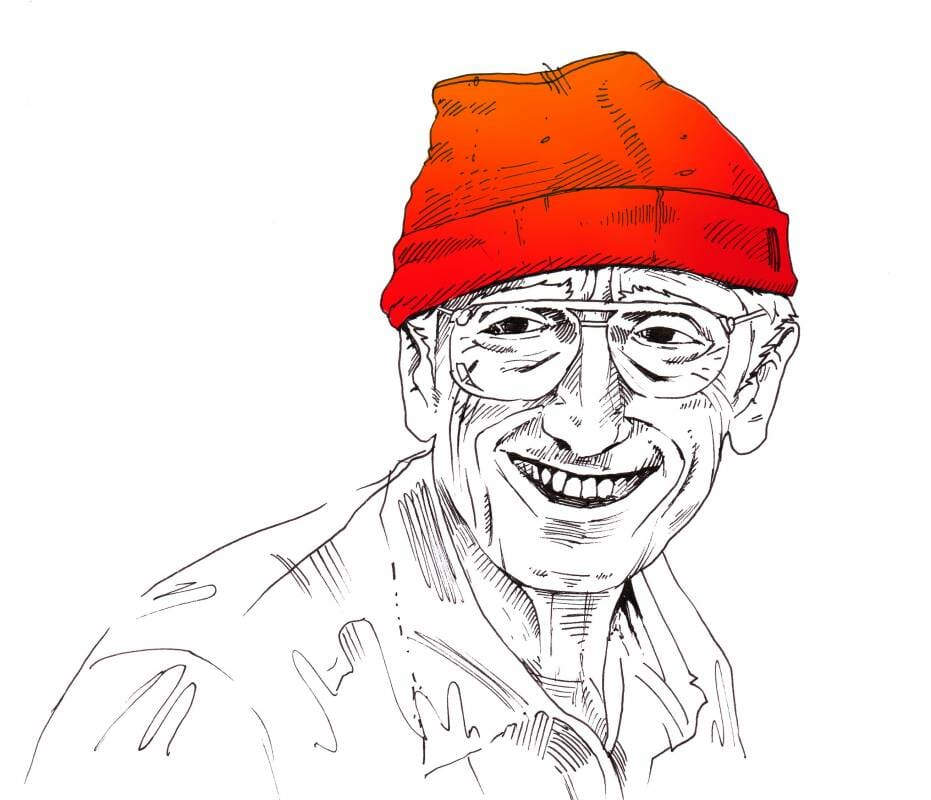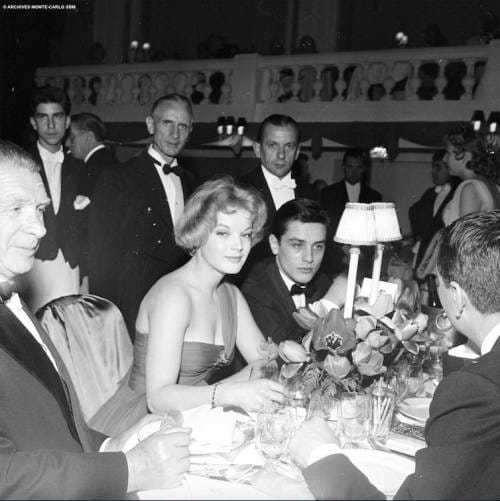Every time Jacques-Yves Cousteau anchored in a new port, locals would offer him help. The Commander famously used to say: «the best help is all about loving life». Scientist, inventor and the Monaco Oceanographic Museum’s director for three decades, Cousteau is considered a very controversial figure indeed. Whichever way it is, his contribution to science, oceanography, marine biology and cinema on his 111th anniversary, is beyond all doubt.
In January 1967, the «Calypso» anchored off tiny Europa Island, west of Madagascar. This scenic place impressed even the most seasoned of sailors. Snow white sandy beaches, cozy coves and a peaceful sea welcomed them after a number of stormy days. This island with a diameter of 10 kms, barely known to man, is home to giant sea turtles of the southern seas. Cousteau and his team were carefully filming the process of young turtles’ birth.
Two exhausted females were doomed to perish. One was crawling away from the sea, to die from the heat of the first rays of sun. The other was stuck in a low bush, victim of voracious hermit crabs. These natural tragedies, captured by camera, did not leave the scientists indifferent. Rescuing the turtles from their predicament, they set them free in the sea. They did the same for the baby turtles, shielding them from birds of prey. «We have disturbed a natural balance», Jacques-Yves Cousteau commented. «We witnessed the drama of sea turtles on the Europa Island. Out of compassion, perhaps against nature, we saved the females and some of their young. Some of these species are now growing in the Monaco Aquarium. In doing so, we interfered with the natural course of things. But this journey made us still more fascinated by nature».
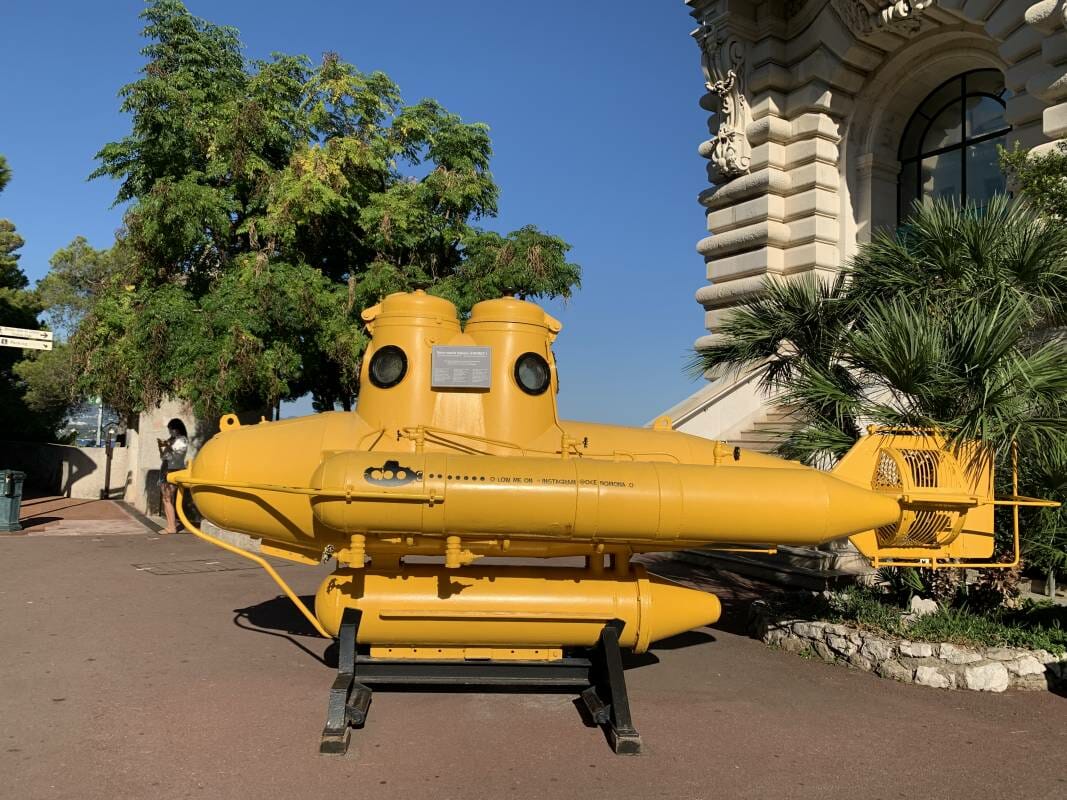
Between the sky and sea
Cousteau was born in the town of Saint-André-de-Cubzac, in the wine-growing Bordeaux region, just a few kilometres away from the low-sloped Atlantic coast. Wild and deserted, it would reveal vast spaces of yellow sand in its low tide. This is how little Jacques-Yves, the youngest son of a local lawyer, first discovered the sea.
Sickly and diagnosed with enteritis at the age of 7, the boy always demonstrated a thirst for adventure however. His family constantly moved around from place to place. The Cousteaus thus came to live also in the United States where the boys mastered perfect English.
Jacques-Yves was never short of ideas for keeping himself occupied. Particularly fond of mechanics, Cousteau designed a battery-powered typewriter at the age of 12. Getting by with electronics, the young man started working and saving up for his first camera. Back as a child, Captain Cousteau was a passionate swimmer and diver. Once he almost lost his life trying to prove to his American friends that he would make it to the bottom of the deepest lake. Jacques-Yves’s choice of a naval career thus came naturally. Few people knew, however, that the National Naval Academy graduate was dreaming of soaring in the skies.
An accident got in his way of becoming a pilot. At the age 26, Cousteau was seriously injured in a car crash. His legs and spine were particularly damaged, a lung punctured and his right arm paralyzed. Sea water helped the young man recover from his injuries. Constant swimming and diving restored his limbs. At that time he invented goggles and made up his mind as to his future vocation. «I will embrace it and blend in its waters…» — the future Commander was referring to the sea.
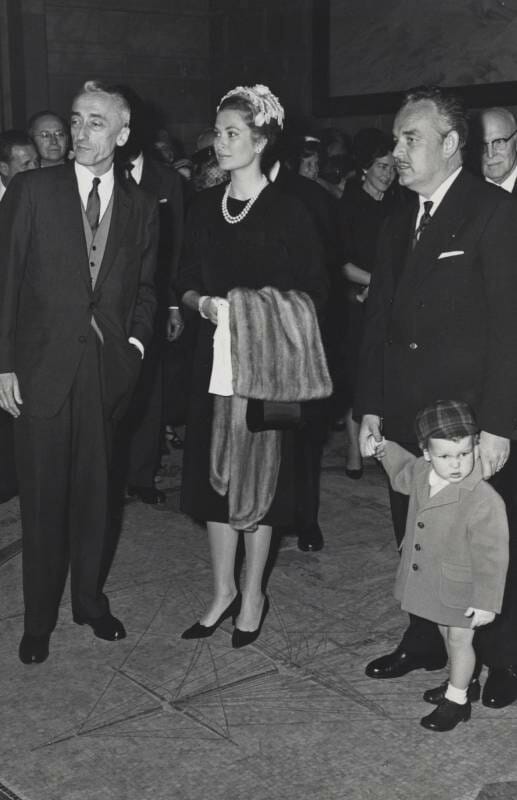
60 years under the water
He was nicknamed the Odysseus of our times. But if the Greek Odysseus was crossing the oceans by the will of the gods, Cousteau chose this path in the crucial year 1936. Aviation was not an option for the young officer, so he turned to the sea. Cousteau was now busy with inventions unveiling the ocean’s mystery to man. After designing goggles, he came up with the scuba diving idea, letting a man breathe under the water. He then created a deep water bathyscaphe, the «diving saucer», and even tried to establish a proper underwater colony.
It did not all happen overnight. Jacques-Yves Cousteau and Emile Gagnan started working on scuba diving equipment back in the early 1940s. In 1943, the inventors performed the first successful tests of their «underwater lungs». A man did not need a heavy diving suit to explore the sea depths anymore. «Bombs» with an autonomous oxygen supply on his back were doing the job.
Twelve years later, Captain Cousteau tackled his stylish and cinematic bathyscaphe, the «diving saucer». Highly efficient, it was also very scenic. The compact yellow submarine for two easily manouvered around a full 360 degrees, with its wide portholes perfect for underwater photography. Following the «saucer», Cousteau designed several smaller underwater vehicles for one, baptizing them «sea fleas».
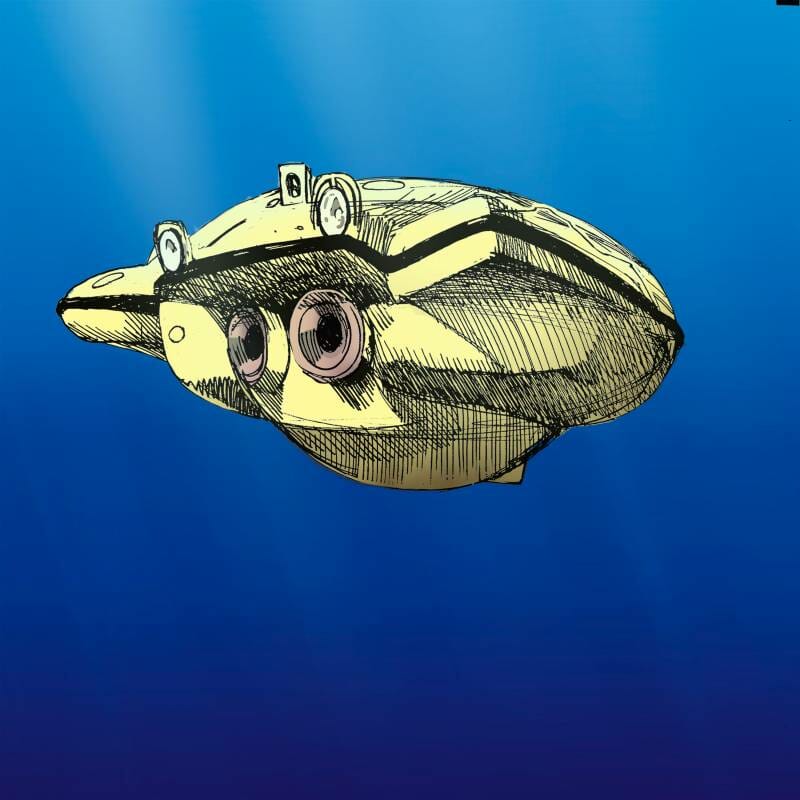
The Сommander undertook a truly fantastic project named «Precontinent». Underwater residences, or rather, scientific laboratories, were Captain Cousteau’s long cherished dream. This audacious project pursued a number of goals at the same time. It demonstrated the possibility of living under the water, creating platforms for submarines and oil stations and contributing to airless space exploration.
The first 10-metre deep underwater platform was built in a bay near Marseille. The oceanauts who had initially complained about depression and nightmares, eventually got better within about a week. The Calypso was on duty on the surface, supplying the underwater laboratory with electricity and fresh water. The second underwater station was based in the Red Sea with eight researchers onboard. They were to spend an entire month at the station, protected by a metal grill from sharks and breathing a helium-air mixture. The third station based at a depth of 100 metres was more about the oceanauts’ mental health than filming colourful fish.
All three experiments were successful and widely recognized. Cousteau’s concept of underwater life never went further however. The project was soon abandoned with nobody eager to endure the same experience.
Cousteau in the Principality
The Oceanographic Museum of Monaco stands out like no other. It rises above the sea as if growing out of the rock. The museum was founded by Prince Albert I in 1889. In 1906, it became home to the Institute of Oceanography. Jacques-Yves Cousteau served as the museum’s unchanging director from 1957 to 1988. To this day, the place is sometimes called «the Cousteau Museum».
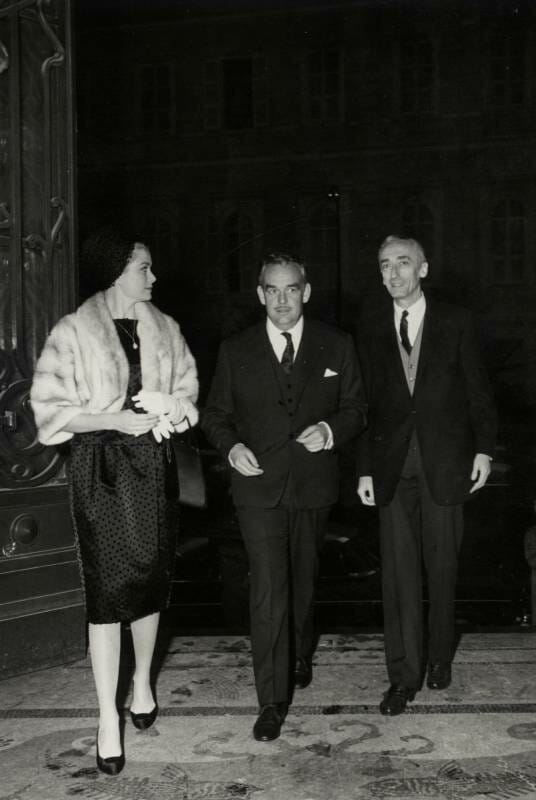
It was Prince Rainier III who offered the Commander the opportunity to take over the Museum. Cousteau agreed without hesitation, moving to his famous study with large windows overlooking the sea. One of his great victories was an unprecedented increase in attendance. Back in those years, the museum was entertaining over a million visitors a year. These days these figures range from 600 000 to 700 000 people.
The princely family has always keenly followed Cousteau’s research. Even after the Commander’s death, the Monaco sovereign carries on his scientific heritage. In 2018, Prince Albert II thus insisted that the museum open a section dedicated to the great explorers of Monaco. This exhibition is not entirely about Cousteau. It also reveals sea expeditions by Albert I, nicknamed «the prince of the oceans», and Prince Rainier III’s research in the field of marine ecology preservation.
The only thing the Monaco sovereigns did not manage to preserve sadly was the «Calypso»…
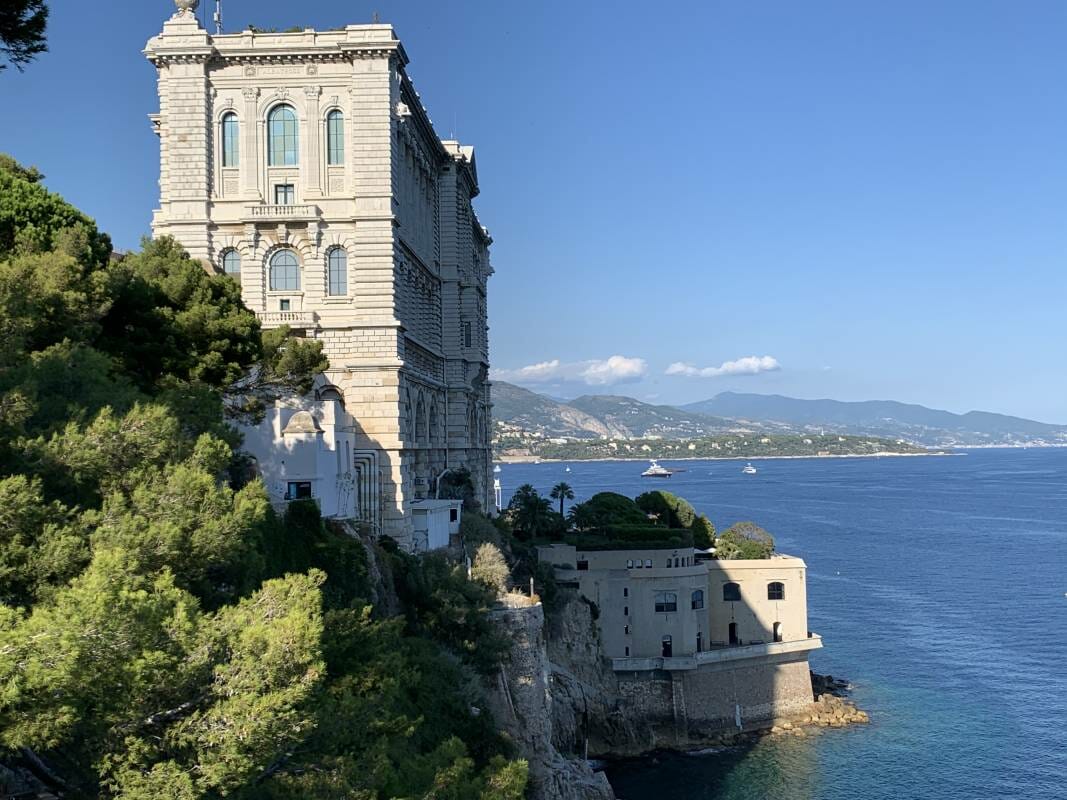
The legendary vessel
The British Royal Navy minesweeper was launched in the spring of 1942. Back then the boat did not stand out in any particular way. Little did it know what adventures and international fame were in store for it.
After the war, it was written off becoming a civilian boat, cruising as a ferry between Malta and the island of Gozo. It was renamed after the ancient Greek nymph from the Odyssey, Calypso. Purchased by Irish millionaire Thomas Loel Guinness, it was then handed over to Cousteau. The Commander was charged a symbolic lease of one franc a year. This is where the story of the most famous explorer-boat of the 20th century started.
Under Cousteau’s command, the minesweeper underwent complete refurbishment from a military into a research ship. It was then equipped with all kinds of bathyscaphes and video cameras. A special compartment for underwater observations and small helicopter deck were built onboard. The «Calypso» had an adventurous life travelling the world, entering hundreds of ports, constantly being rebuilt and repaired.
«At times, I seem to be indulging in my fatigue. Constant breakdowns and delays are discouraging, — Jacques-Yves Cousteau was saying. — Deep down, I appear to be feeling anger towards anything that would stand in the way of our dream. Any stop in a dry dock, any stocking up on food, seems to be an evil fate haunting us. At times, when my imagination is forsaking me, I seem to be hating my boat. <…> Even laughter and cheers of my team members are infuriating. I would then ask myself: who am I? why am I doing this? What for? And only the blood in my veins reminds me that I am the sea. And that the sea is me».
In January 1996, the «Calypso’s» adventures ended for good. The explorer sank after an absurd collision with a barge in Singapore Harbour. That was a serious blow to the Commander. The «Calypso» was later rescued from the depths, never to be restored. Cousteau died in his sleep one and a half years later, in June 1997. There have always been talks about the «Calypso» being rebuilt and relaunched. Prince Albert II of Monaco once wanted to purchase the legendary ship. But it was not meant to be. The minesweeper is still awaiting its fate at a Turkish shipyard. It sadly looks less and less like the legendary «Calypso» that the world used to know for its adventures.
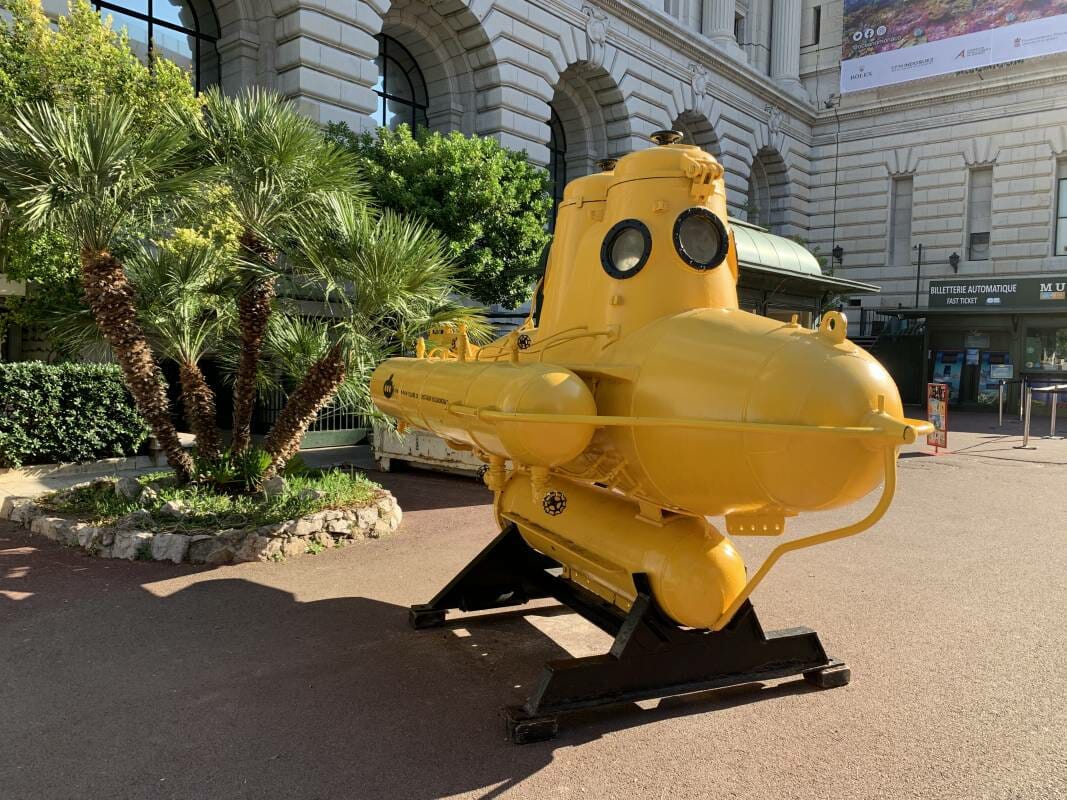
Some Interesting Facts about Jacques-Yves Cousteau:
* Jacques-Yves Cousteau was granted a number of prestigious international film awards: 3 Oscars and 1 Cannes Film Festival Golden Palm.
* In 1947, Cousteau set a world record for a 300-feet scuba dive.
* Cousteau’s recognizable red knitted cap is not just his distinctive trait, but a necessity for any diver to avoid hypothermia.
* Jacques-Yves Cousteau has released over 120 films in total.
* A unique underwater monument to Jacques-Yves Cousteau was erected off the Alushta coast in Crimea, in 2010.
* A 1990 Cousteau Foundation petition banned mining in Antarctica with the aim of preserving the continent exclusively for scientists and tourists.
* Cousteau’s underwater buildings have survived to this day.
* Cousteau’s yellow bathyscaphe is installed at the Oceanographic Museum entrance in Monaco.



